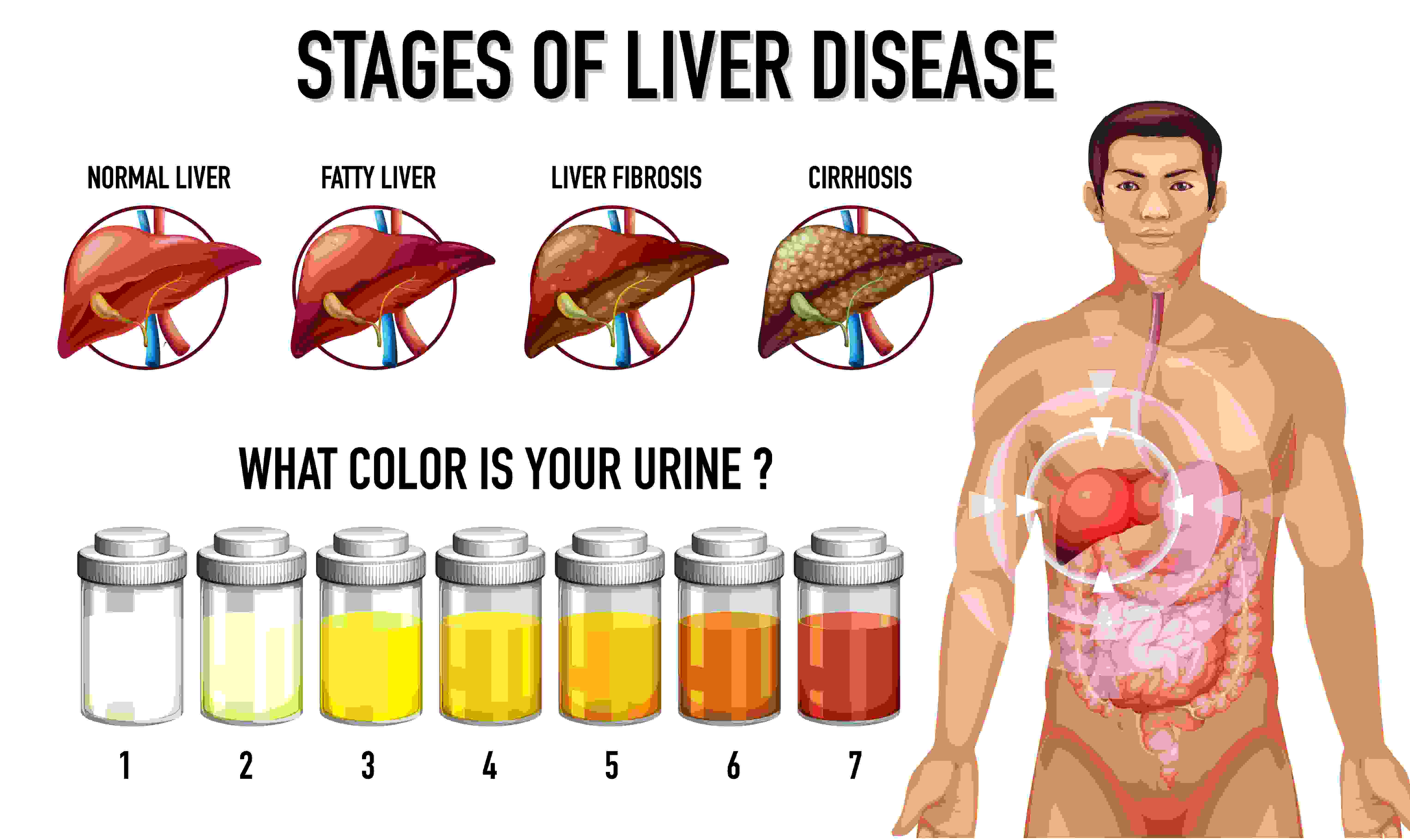Liver Disease (Cirrhosis, Fatty Liver)
Understanding Liver Diseases: Cirrhosis and Fatty Liver
The liver is a vital organ responsible for numerous functions, including detoxification, protein synthesis, and digestion. Liver diseases such as Cirrhosis and Fatty Liver can severely impact these functions.
Cirrhosis:
Cirrhosis is a late stage of scarring (fibrosis) of the liver caused by various liver diseases and conditions such as hepatitis and chronic alcoholism. As cirrhosis progresses, more scar tissue forms, making it difficult for the liver to function properly.
Symptoms include fatigue, weakness, easy bruising, swelling in the legs and abdomen, and jaundice. Treatment focuses on preventing further liver damage, managing symptoms, and addressing the underlying cause.
Fatty Liver Disease:
Fatty liver disease occurs when excess fat builds up in the liver. This condition is common in individuals with obesity, diabetes, or excessive alcohol consumption. Fatty liver can progress to more severe conditions, including cirrhosis if not managed properly.
Common symptoms include fatigue, discomfort in the upper right abdomen, and sometimes no symptoms at all. Lifestyle changes such as weight loss, dietary modifications, and regular exercise play a crucial role in managing this condition.
In severe cases, medical treatments like medications or surgical interventions may be necessary. Early detection through routine checkups and blood tests is key in preventing complications.
In conclusion, both Cirrhosis and Fatty Liver disease require careful management and lifestyle adjustments. Timely diagnosis and treatment can significantly improve quality of life and prevent further liver damage.


